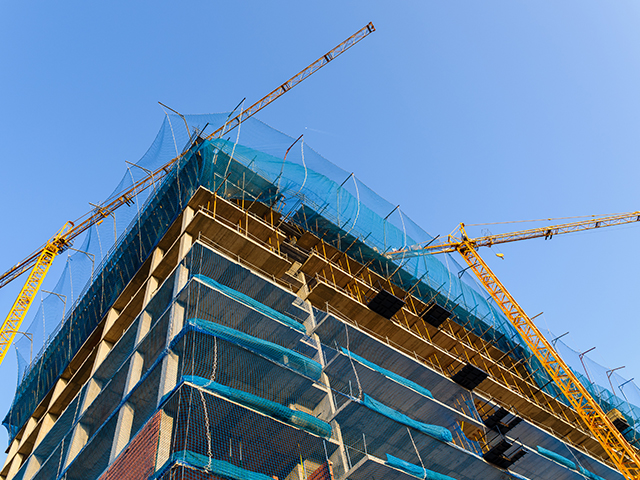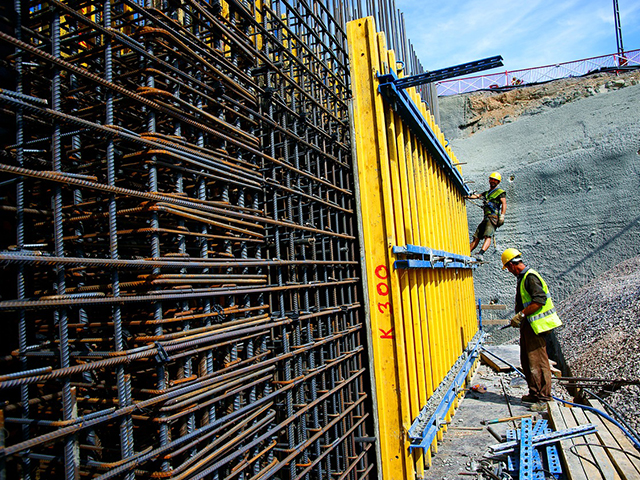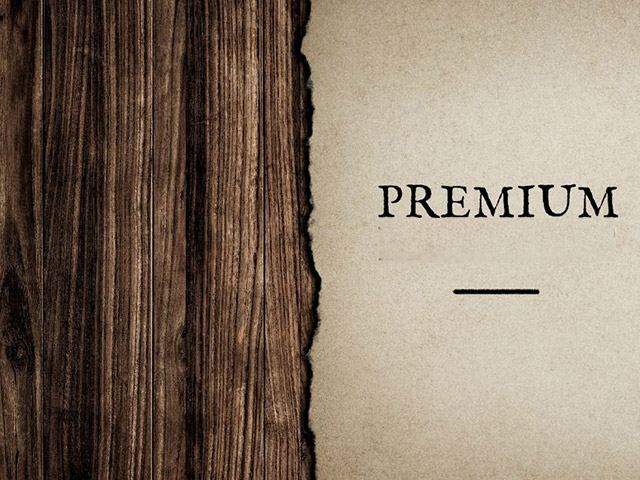Scaffolding set up standards contain a set of rules that must be followed when installing exterior scaffolding. It is vastly significant that the scaffold is set up and used in accordance with the standards in order to safely carry its loads and not to harm the employees or the environment.
Some conditions should be taken into consideration such as scaffolding set up standards, the ambient conditions to be installed, the type of the scaffold, the weight of the load to be used, and the weather conditions. Security measures should be taken in the area where the scaffold will be set up and it should be installed under the supervision of authorized persons. Safety standards during the scaffolding installation must be followed.
How to Set up Scaffolding?
All working areas that require a scaffolding and working at heights are subject to Regulation on Health and Safety Conditions in the Use of Work Equipment. Depending on this regulation, planning for the set up, use and disassembly of the scaffolds should be made. Planning and controls should be done by experts such as a civil engineer and construction technician if the scaffolding is used in construction works or a shipbuilding engineer if it is used in a shipyard. The following factors are taken into consideration in the planning stage of scaffolding set up.
- Information such as scaffolding type, dimensions, weight class, etc.
- Guides about the set up, use and dismantling
- Taking safety precautions to prevent falling accidents during the set up
- Planning the materials to be transported and the transportation method
- Securing the lives and properties of civilians according to the area in which the scaffolding will be built
- Analysis and controls of potential risks that may be experienced at the scaffolding
Considerations in Scaffolding Set up Standards
It is aimed to increase occupational safety and reduce risk factors with the considerations in the set up of facade scaffolds. The following are some of the points to consider:
- The scaffolds to be installed must be manufactured in accordance with national standards and regulations.
- Establishment of the scaffold in a balanced and non-slip way
- Necessary reinforcements against horizontal and vertical forces
- Producing proper to corrosion
- Examination and detection of defects that may pose a risk such as cracks and fractures
- Establishment in a way that there is no gap between platforms and vertical props
- Fasteners are reliable and robust
- Mounting of guardrails in accordance with the regulation
- Hanging the signs on which the capacity of the scaffolding is written
- The scaffold should be set up as close to the structure to be worked on.
- Installing safety equipment on the scaffolding that can maximize occupational safety
Scaffoldings are checked periodically by an expert. As a result of these checks, a control report is prepared and the reliability of the scaffolding is registered. If the scaffold is classified as “unsafe” in this report, it cannot be used until the deficiencies are made up. These checks are usually done at the following intervals:
- Before use,
- Weekly
- When a change is made or moved to another location,
- When not used for a long time,
- When exposed to harsh climatic conditions (such as strong wind, rain)
As Gürbüz Scaffolding, we produce exterior scaffoldings in accordance with TS-EN 12811 and TS-EN 12810 standards. You can contact us to get more information about our safe exterior scaffolding systems.






